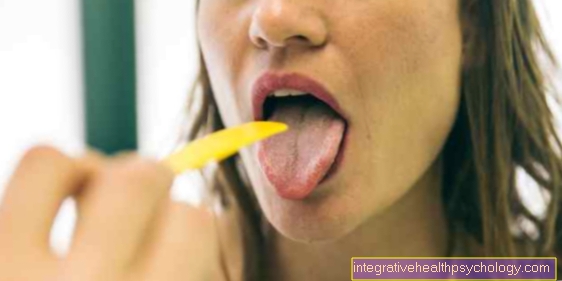Henbane
Latin name: Hyoscyamus niger
Genus: Nightshade family, very poisonous!
Common names: Apollonia herb, cup herb, sleeping herb, toothache herb.
Plant description henbane
Plant description: 30 to 60 cm high, stems pubescent and sticky. Leaves dirty green, ovate. The flowers are pale yellow, reticulate, bell-shaped with a jug-shaped calyx.
Flowering time: June to October.
Origin: Occurrence on rubble and garden land. The henbane is with deadly nightshade and Thorn apple closely related, all three plants are dangerously poisonous.
Plant parts used medicinally
Leaves, also the whole herb, less often the seeds.
ingredients
Hyoscyamine, scopolamine and minor alkaloids.
Medicinal effects and uses of henbane
Hardly used in folk medicine because of its toxicity. The drug works against cramps in the gastrointestinal area, tremors, restlessness and henbane oil is used as an liniment for rheumatic pain, for example. The henbane drug should not be used for self-treatment, as its toxicity speaks against it.
Use in homeopathy
The mother tincture is made from the freshly flowering plant. As Hyoscyamus (D3, D4, D6), the drug acts on the central nervous system, the upper airways, bronchi and bladder. The homeopathic medicine is only available by prescription up to and including D3!
side effect
Vomiting, dizziness and convulsions, if there is an overdose risk of death!





























